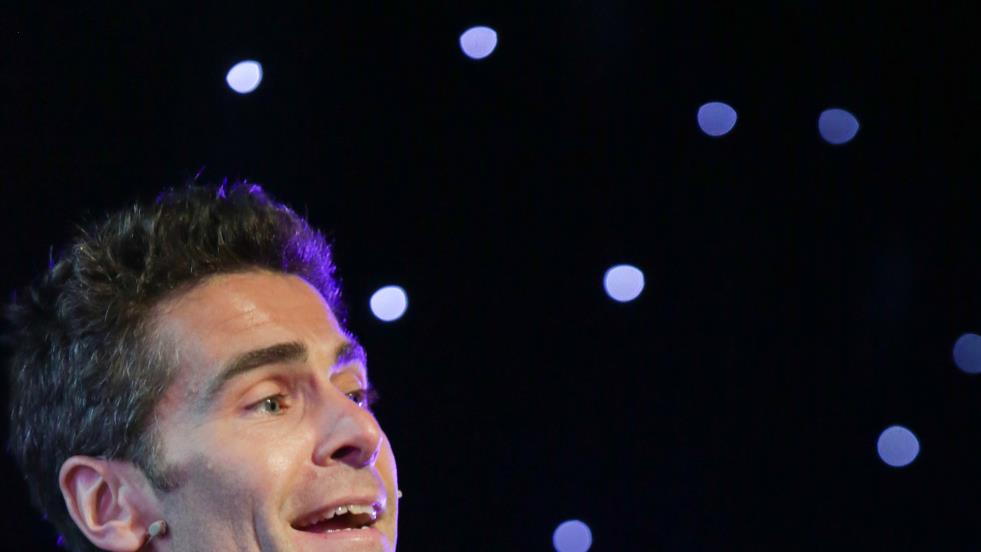
When science meets language, word mathematics is the outcome. Increasingly commonplace applications such as Google Translate combine sentences written by humans with advanced technology to generate a translation. But the result as many of us know, is not always perfect.
Cambridge University’s Marcus Tomalin explored the genesis of machine translation, guiding the audience through a history that is as complex as it is interesting. From computer based approaches to statistical techniques and data-driven technologies, he unpacked how a machine can learn to replicate the translation process of a human mind.“They have nothing to do with language,” he said of the machines, “they have nothing to do with words."
Bill Byrne clarified the process, explaining how sophisticated machines learn patterns between sequences of a data, essentially treating sentences as mathematical problems to be solved.
Could a computer then ever replace a human translator? It seems unlikely, according to the experts. “The key word for me here is collaboration,” said Tomalin, outlining how humans can bridge the gap and teach computers the nuances presented in poetry and prose. According to Helena Sanson, “a human translator is very much needed” in a world where words rhyme and languages mutate.
Pictured from left to right Helena Sanson and Bill Byrne.
If you missed this, you might like to go to event number 103, The 2018 Anthea Bell Lecture: Translating Homer, at 4pm on Sunday, May 27